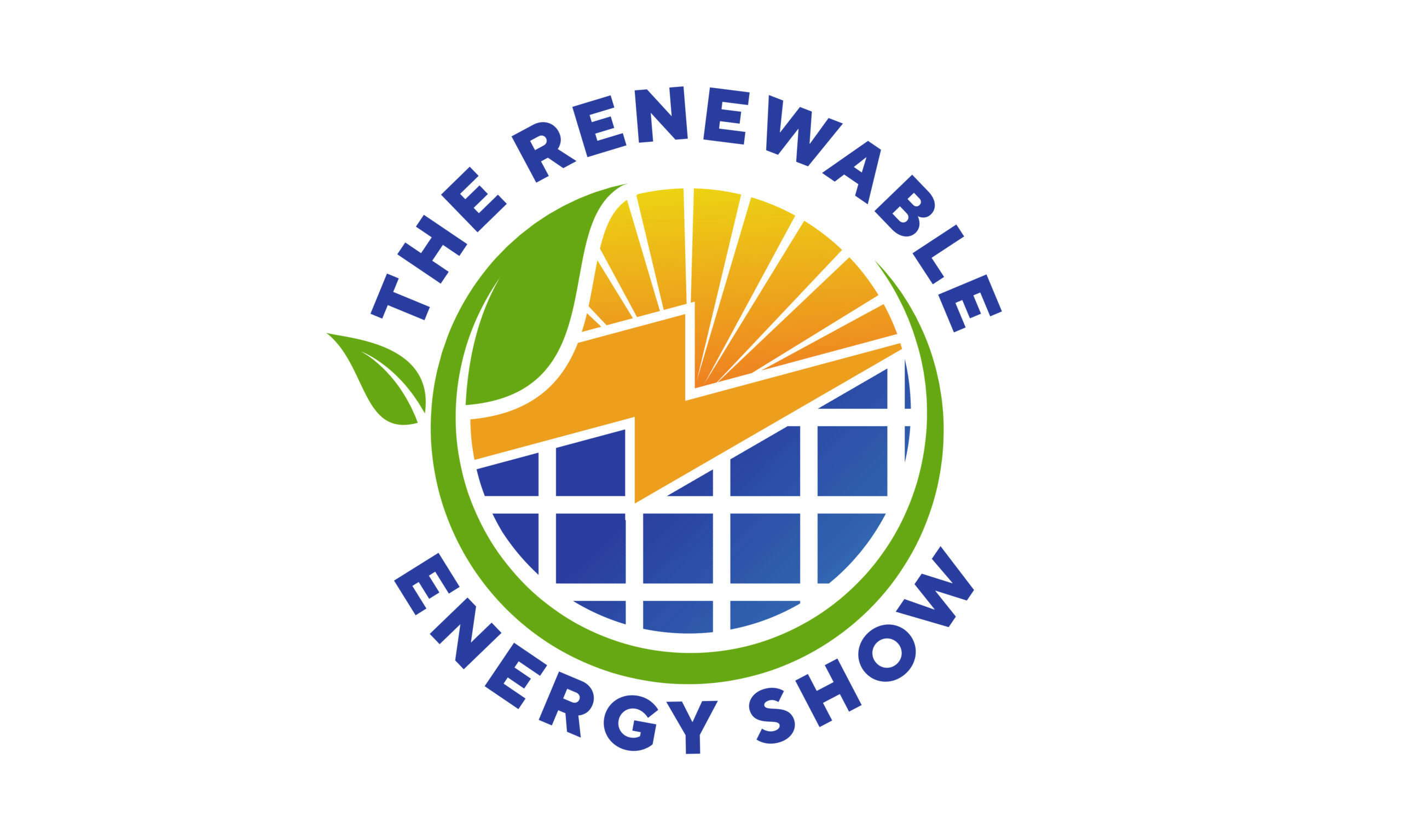A staggering 90% of small businesses in the United States have been negatively impacted by extreme weather events in the past five years. This sobering statistic comes from a recent survey conducted by the Small Business Administration, highlighting the devastating consequences of climate-related disasters on local economies. The truth is, climate resilience plans are no longer a nicety, but a necessity for individuals, communities, and businesses alike.
As the world grapples with the far-reaching impacts of climate change, the need for effective climate resilience plans has never been more pressing. Rising temperatures, more frequent natural disasters, and unpredictable weather patterns are forcing us to rethink our relationship with the environment. It’s time to move beyond reacting to climate disasters and start proactively building resilience into our communities.
So, what exactly is a climate resilience plan? At its core, it’s a strategic framework that helps individuals, organizations, and governments prepare for, respond to, and recover from climate-related events. These plans involve a combination of short-term and long-term strategies, focusing on risk reduction, adaptation, and mitigation.
A well-crafted climate resilience plan should address the following key areas:
1. Risk assessment: Identifying potential climate-related hazards, such as sea-level rise, droughts, or heatwaves, and assessing the likelihood and potential impact of each.
2. Vulnerability analysis: Evaluating the social, economic, and environmental vulnerabilities within the community, including infrastructure, human health, and economic systems.
3. Adaptation strategies: Developing solutions to reduce the impact of climate-related events, such as green infrastructure, climate-resilient housing, and emergency preparedness.
4. Mitigation actions: Implementing measures to reduce greenhouse gas emissions and slow the rate of climate change, including renewable energy, energy efficiency, and sustainable land use.
5. Communication and engagement: Building trust and cooperation within the community, engaging stakeholders, and fostering a culture of climate resilience.
The benefits of climate resilience planning are numerous. By investing in these plans, we can:
* Reduce the economic and social costs associated with climate-related disasters
* Protect public health and safety
* Foster sustainable economic growth and development
* Enhance community resilience and cohesion
* Support the transition to a low-carbon economy
So, what can you do to get started on developing a climate resilience plan for your community? Here are some practical steps:
1. Assemble a team: Gather experts from various fields, including climate science, emergency management, and sustainability.
2. Conduct a risk assessment: Identify potential climate-related hazards and assess their likelihood and potential impact.
3. Engage with stakeholders: Build trust and cooperation within the community, including local businesses, residents, and government agencies.
4. Develop a plan: Create a comprehensive plan that addresses the key areas outlined above.
5. Implement and monitor: Put the plan into action, monitor progress, and make adjustments as needed.
The clock is ticking, and the time to act is now. By investing in climate resilience plans, we can build stronger, more sustainable communities that are better equipped to weather the storms of the future.
